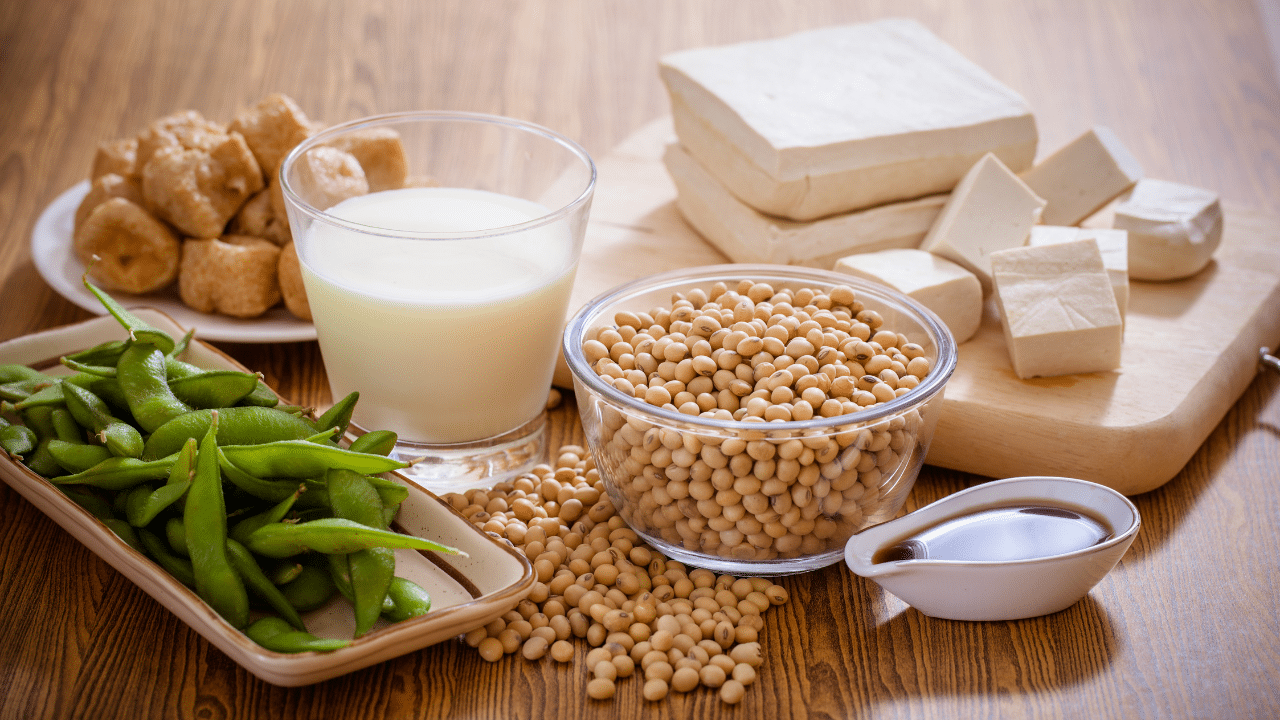
9 Grocery Shopping Tips During a Supply Chain Shortage
People became accustomed to empty store shelves during the pandemic, but nearly everyone expected them to restock by now. However, supply chain issues continue, fueled by global unrest and the needs of workers here at home. Those who produce the goods and services many rely on recognize that record profits should equate to increased paychecks, and they’re finally stepping up — or sitting down — to insist on more equitable treatment.
However, all this continued disruption means feeling the pinch when doing your weekly shopping. Previously available items may fly off shelves, and prices may continue rising on the most-demanded products. What can you do?
Table of Contents
Here are nine grocery shopping tips during a supply chain shortage.
1. Check Your Labels
Some products are easier to get than others. This rule applies not only to ingredients but also to packaging. For example, folks with nickel allergies have long been known to avoid products packaged in stainless steel and aluminum, as these designs have trace amounts of troublesome material.
You might want to take a hint from them, as ongoing supply chain disruptions have led to a nickel shortage. The war in Ukraine has contributed as the Kremlin holds a considerable percentage of the world’s nickel — so much that the London metal exchange recently suspended trading for a week.
You may have to opt for more plastic packaging instead, but pay attention to the number in the little recycling triangle. Most jurisdictions only handle numbers 1 and 2, with some taking 5. The remainder often ends up in landfills as current facilities can’t process these types, and many overseas enterprises have enacted stricter regulations regarding imports. Until the nation has waste processing plants capable of reusing such materials sustainably, it’s best to avoid them.
2. Make Lists
Forgetting something on your list is a pain. It’s even more troublesome when your forgetfulness means missing out on the last remaining roll of toilet paper — remember the scramble during the pandemic’s earliest days?
Make lists of those things you need but haven’t yet found, and keep them with you. Let technology help you in this endeavor. Shopping apps such as Our Groceries permit you to share your wishlist with everyone in your household in real time, so anyone who stumbles across a hard-to-find item can snag it while it’s hot.
3. Attend Your Local Farmers Market
Going to your farmers market for produce is wise on many levels. It saves you money on the freshest organic fruits and vegetables while reducing your carbon footprint. Buying goods produced locally cuts down on unnecessary emissions. For an even better bargain, shop at day’s end — especially if your local facility only opens one or two days per week.
4. Learn Easy Swaps
You might think of food substitutions as reducing calorie consumption or managing dietary restrictions. However, knowing some of these simple swaps also benefits you during a supply chain shortage:
- Eggs: Two tablespoons of mayonnaise equals one whole egg.
- Cornstarch: Substitute two tablespoons of flour for every tablespoon of cornstarch.
- Powdered sugar: Mix one cup of granulated sugar with one tablespoon of cornstarch and blend in a blender until powdery.
- Mayonnaise: You can substitute plain yogurt, sour cream, or cottage cheese blended until smooth.
- Vegetable oil: Use applesauce as a lower-calorie substitute cup for cup.
- Tomato sauce: Use tomato paste diluted with water.
- Yeast: Use baking soda and lemon juice, replacing one teaspoon of yeast with half a teaspoon of the two other ingredients.
5. Stock Up
You finally find that one thing you’ve been craving, and your store has just lined its shelves. What do you do? Stock up if you have sufficient cash.
Get in the habit of tucking an emergency $20 somewhere in your wallet where you don’t usually store cash. Consider it your shopping fund — when you spy an item you want, you have enough to pick up at least one or two.
6. Take Mini Missions
It’s nearly impossible to know when grocery stores stock certain items unless you work in that department. Finding what you need often takes more than one trip.
Your solution is to take mini-missions. Chart a course — are there certain shops you pass on your way home from work or school? Swing in to see if you can find what you’re missing.
7. Grow What You Can
If you didn’t get in on the pandemic gardening craze, there’s still time to hone your green thumb. Doing so could help you meet your family’s food needs during a supply chain shortage.
Even urban dwellers do well with small patio container gardens. They can be lifelines when shortages hit, as trucking fresh produce in and out of urban areas can cause considerable headaches.
8. Look Online
More retailers use site-to-store technology to let you order what you need online and pick it up at their location. Doing so helps them manage inventory during a supply chain shortage while getting you what you need.
Therefore, you may order what you need online if you regularly use rare items like monk fruit sweetener. You can have your products shipped directly to your home — or ask if your local grocer will put them aside at customer service for you to pick up when you arrive.
9. Get By With a Little Help From Your Friends
Ordering in bulk is a great way to save money, but it causes understandable problems if you’re a member of the single set. Even couples with no children can find Costco-sized cereal boxes stale before they get to the toy surprise at the bottom.
Get by with a little help from your friends. If others in your circle use similar products, pool your money and buy them in bulk together, dividing them up when they reach your home. You’ll save money and help the planet by reducing packaging waste.
Master Your Shopping List During Supply Chain Shortages
You aren’t alone if you’ve noticed bare shelves at your local grocery — supply chain issues continue despite the world moving on from the recent pandemic. Follow the above nine grocery shopping tips during supply chain shortages. You can get what you need by increasing your savviness.






